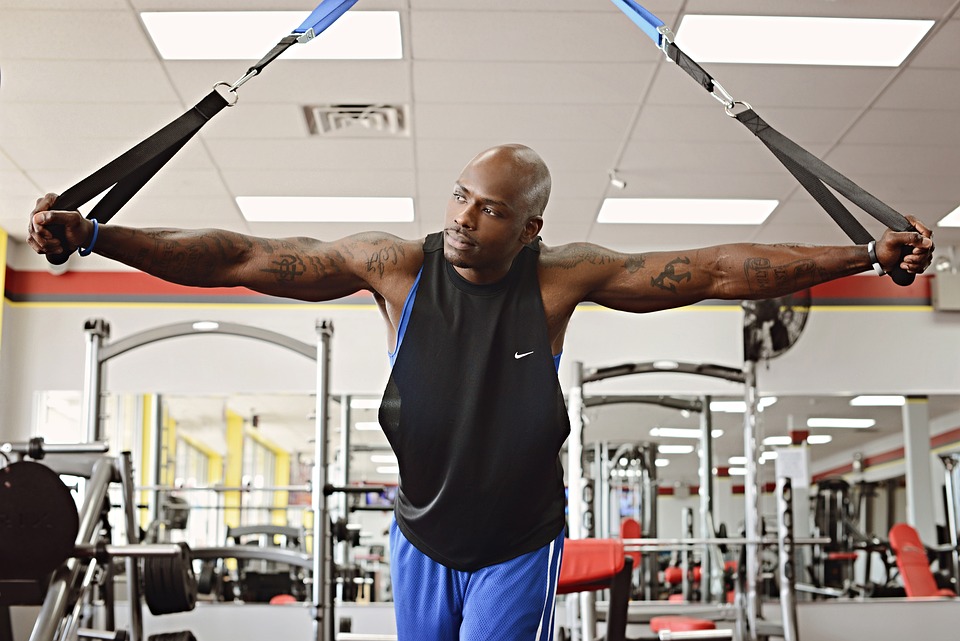Are you someone who experiences a sudden, pounding headache during or after exercise? If so, you may be suffering from an exercise headache. While exercise is generally considered a healthy practice, these headaches can be a frustrating and painful side effect. But don’t worry – understanding the causes, symptoms, and treatments of exercise headaches can help you manage and prevent them.
Causes:
Exercise headaches are usually caused by increased blood flow to the head, which can lead to pressure and pain. However, there are several factors that can contribute to this, including dehydration, improper breathing techniques, and tense muscles. Additionally, individuals who suffer from migraines or have a family history of migraines may be more susceptible to exercise headaches.
Symptoms:
Exercise headaches typically occur during or after a workout and are characterized by a throbbing pain that can last for several hours. Other symptoms may include nausea, dizziness, and sensitivity to light and sound. It’s important to note that if you experience sudden, severe headaches during exercise, seek medical attention immediately, as this could be a sign of a more serious condition.
Treatments:
The good news is that exercise headaches can often be managed and prevented. One of the most important things you can do is stay hydrated before, during, and after exercise. Additionally, practicing proper breathing techniques and stretching before and after a workout can help alleviate tension in the muscles. If you do experience an exercise headache, over-the-counter pain relievers such as ibuprofen can provide relief. However, it’s important to not rely on pain medication as a long-term solution.
Prevention:
Preventing exercise headaches involves making some lifestyle changes and taking preventative measures. Start by gradually increasing the intensity of your workouts, rather than jumping into high-intensity exercises right away. Additionally, pay attention to your body’s signals and take breaks when needed. Finally, incorporating relaxation techniques such as yoga or meditation into your routine can help alleviate stress and tension in the muscles.
In conclusion, exercise headaches can be a frustrating and painful experience, but understanding the causes, symptoms, and treatments can help you manage and prevent them. Remember to stay hydrated, practice proper breathing techniques, and gradually increase the intensity of your workouts. With these tips, you’ll be able to enjoy the benefits of exercise without the headache!




